When you first notice your bearded dragon puffing its neck repeatedly, it might catch you off guard. This puffing up is a normal part of their behaviour, something many owners might not initially understand.
Learning why dragons do this is a crucial skill to develop as an owner. This behaviour is a common sign used by these reptiles for several reasons, and it’s not always easy to figure out the cause, which can be quite confusing. Whether it’s a response to stress, fear, territorial behaviours, or just part of their routine during bath time, mealtime, or mating season, a healthy dragon might puff up in various circumstances but it does not necessarily mean something is wrong.
The fascinating and somewhat outlandish Pogona species, despite what their appearance suggests, don’t have beards or hair. Instead, when they intimidate others, their throats puff out and may even turn a temporarily darker colouration, making them look like reptiles with prickly beards when they are together.
To help speed up your learning curve, I’ve put together this detailed guide to understand the possible reasons behind their behaviour, which you’ll want and need to know. From my little experience, when dragons puff up, especially during an inflating beard moment, it won’t be such a mystery anymore.
They might be trying to intimidate or make themselves seem bigger to others, or they could simply be adjusting to multiple circumstances within their environment.
Regardless, understanding these cues helps significantly in ensuring your bearded dragon’s well-being, turning what might initially seem like a confusing display into a fascinating aspect of their natural behaviour that indeed makes them unique among reptiles.
Table of Contents
Why Do Bearded Dragons Puff Up?
As an experienced bearded dragon owner, I’ve always found it fascinating to observe the common behaviours of these reptiles. One such behaviour is puffing up, a sight that might leave new owners alarmed when they first see their pet exhibiting this trait. It’s natural to wonder if something is wrong, but let me be clear: there’s usually no concern.
This behaviour does not harm the animal; rather, it’s an instinctive response to feeling safe or threatened. Much like a cat fluffs its tail and arches its back in a Halloween pose, a bearded dragon inflates to appear larger and more threatening to fend off predators.
Note: When a dragon becomes aggressive, its beard may turn black, although this can also indicate a range of possibilities, from a display of dominance to simply being in a happy state of mind.
Introducing a baby bearded dragon to your home requires patience as they adjust to their new environment. Ensuring they feel comfortable involves setting up the right habitat that mimics their native environment, with an enclosure of the appropriate size, suitable substrate, and decorations like plants and rocks to create natural-looking surroundings.
A proper tank setup and feeding routine are crucial, but so is building a bond. Approaching them with a soft, gentle voice and offering a treat from your hand can make them feel safer in their home, reducing discomfort-related puffing.
Remember, puffing up can be due to many reasons, including stress, but it’s also a way animals, including humans, yawn, stretch, and relieve stiffness after waking up from a nap. Understanding these nuances makes caring for these unique creatures a truly rewarding experience.
TIP: If you see them with their mouths wide open and puffing up, it could be their way of clearing their ears, similar to how we might yawn or swallow to ease ear pressure when going up a hill.
As we mentioned earlier, there are quite a few reasons bearded dragons might puff out their beards. Let’s dive into some of these reasons.
1. They’re Scared or Stressed
A common reason why bearded dragons puff up is as a defence mechanism, a trait shared across the animal kingdom to make themselves appear larger and more threatening to frighten off predators. This behaviour is akin to a cat arching its back and puffing its tail, or a dog growling and showing its teeth.
Sometimes, the habit of inflating their beard can be triggered by something in their area or room that seems threatening to them, even if it’s just an innocuous object, like a piece of clothing, furniture, or a toy. To test what’s bothering them, removing these objects might calm them down.
Additionally, the presence of another pet, like a dog or cat, peering inquisitively into their tank can make this reptile feel like there’s a large animal threatening them, especially if you’re a new owner and they’re not yet used to your presence.
To help your bearded dragon become more comfortable being handled, start by placing your hand inside their cage for a minute or two, gradually increasing the duration over time to get them acclimated to your scent and proximity. If they allow you to move closer, you can then support their body, legs, and tail with your hand.
Should they squirm or puff up, give them a break and try again later. With patience, they should reduce squirming and allow you to handle them more comfortably. During the first month, aim to spend at least 30 minutes every day with your lizard, ensuring consistent, quality bonding time with them, which is key to becoming a loving owner.
TIP: It’s wise to keep handling to a minimum during this time. Although it’s rare, their increased stress might lead them to bite you if they feel scared.
2. They’re Getting Ready to Shed
When you notice your bearded dragon’s skin looking dull and waxy, it’s worth taking a quick look at their overall colouring to see if it appears different; this can be a sign they are getting ready to shed. Puffing up is often a result of shedding skin, a common occurrence among reptiles where they expedite the removal of old dead skin.
Although they might seem irritable, eat less, and not be as playful, it’s normal for them to display overly lethargic behaviour during this time. They instinctively start the shedding process to hasten and loosen the skin on their neck and body, which might feel tight especially when raising baby dragons. It’s a means to make shedding easier and not something to worry about. It’s important to note that not every bearded dragon follows a regular cycle, but if yours does, it indicates they’re anticipating a good shed.
Keep an eye out for changes in skin texture around their body; it’s perfectly natural for them to hurry through this uncomfortable phase. However, never pull pieces off as it can cause infection and additional stress; they are fine shedding on their own within a few days.
Providing extra baths and maintaining higher humidity can also expedite shedding. If they’ve been shedding for more than a week and seem unusually irritated or constantly puffing up, it’s wise to consult a vet about a stuck shed.
3. They’re Trying To Attract A Mate
Mating is a common reason why bearded dragons puff up; this behaviour is particularly observable in males trying to attract a female of the opposite sex. By puffing up, males display a form of behaviour meant to attract and signal they are ready to mate, often taking on a more dominant stance to make their intentions clear.
Females might respond to these advances by bobbing their heads or waving their arms, although this is not as common. Unlike many animal species, bearded dragons do not have a fixed breeding season, making it hard to tell when they are prepared to mate.
Typically, they become ready about a month after brumation, a period of low activity and sleep during the cold or rainy seasons, similar to hibernation, when they slow down their metabolism. This fascinating aspect of their behaviour showcases the complexity of these creatures and their adaptability to environmental cues for reproduction.
Here are some indicators that your bearded dragon might be going into brumation:
- Moving less
- Sleeping more
- Ignoring food
- Less frequent bathroom breaks
- Staying in the cooler parts of their habitat
- Digging into their bedding
When a bearded dragon puffs up in the presence of another beardie of the opposite sex, the behaviour is often mating-related; don’t be surprised if they even inflate to impress, sometimes mistaking a toy as a rival, causing mating confusion.
During these displays, males might turn their beards jet black, a colour change associated not just with fear and aggression, but also as a show of vitality to potential mates. Females may also exhibit a change, with their beards turning a darker shade, though not to the same intense degree as males.
This fascinating ritual highlights the complexity of their social interactions and the instinctual drives that govern their behaviour, providing a window into the natural world that continues to captivate and educate those who observe these unique reptiles in their habitats or as cherished pets.
Also Read: HOW FAST CAN A BEARDED DRAGON RUN?
4. It’s Territorial Behavior
By nature, reptiles like bearded dragons are highly territorial, often reluctant to share their space with other beardies, especially those of the same sex or size. For example, you might observe two males or females puffing up to challenge each other or a larger bearded dragon asserting dominance over a smaller one, no matter the sex.
This underscores why it’s best to provide each bearded dragon with a separate tank if they must share an enclosure, ensuring it’s large enough to offer each animal sufficient space to feel comfortable and reduce territorial disputes. This behaviour, deeply ingrained in their instincts, emphasizes the importance of understanding and respecting the natural tendencies of these fascinating creatures to ensure their well.
TIP: It’s always a bad idea for males to live together in the same cage. Even with a large enclosure, this setup is likely to cause problems.
5. Their Bath Water Is Too Deep
Many inexperienced owners might think to only give their beardie a bath when dealing with impacted guts or problems shedding, but bathing should be done regularly for these reptiles. It’s crucial to make sure the water isn’t above their shoulders and not too deep, to avoid causing them stress.
Bearded dragons will reflexively puff up in an attempt to float, driven by an instinctive fear of drowning. This reaction is a clear indicator that the bath water needs to be shallower to keep them comfortable and safe during their bath time.
6. They’re Hungry
Though not extensively backed by research, some theories suggest a connection between bearded dragons puffing up and their meal times, possibly to make room in their stomach to eat more food. In the wild, where they often have to fight for their food, which can be difficult to find, puffing up could help them hold over until the next meal.
Observing a correlation with mealtime, you might try offering a smaller portion and observe if there’s a difference, then gradually reintroduce the regular portion a few minutes later. This behaviour could also be a throwback to their predator and prey dynamics, where appearing larger and more threatening could scare off competitors or challenge others.
In captivity, this is more common when they are fed live food, like crickets, underscoring the complex interplay between their instincts and the artificial environments we provide.
7. They’re Excited Or Feeling Playful
Reaching the end of this list, you might still not be sure why your bearded dragon is puffed up, but in reality, there may be nothing wrong; it could be a sign of happiness. Your reptile might be letting you know you’re doing a good job taking care of them or simply showing off.
A happy dragon often puffs up during its favourite activities, like mealtime or while enjoying basking in the sun. It’s common for them to enjoy showing off, and a warm dragon might open its mouth to expel heat, which is no concern. This behaviour is especially noticeable during a particularly enjoyable activity, such as playtime or when you handle them, reinforcing the need to spend quality bonding time with your pet, as you’ll be rewarded with more of these behaviours.
It’s a simple way for your reptile to show love and appreciate what you do, a fact underscored by an exciting post on how to tell if bearded dragons are happy, which has become extremely popular among owners who have loved and wanted to share it.
Popping Their Ears or Stretching
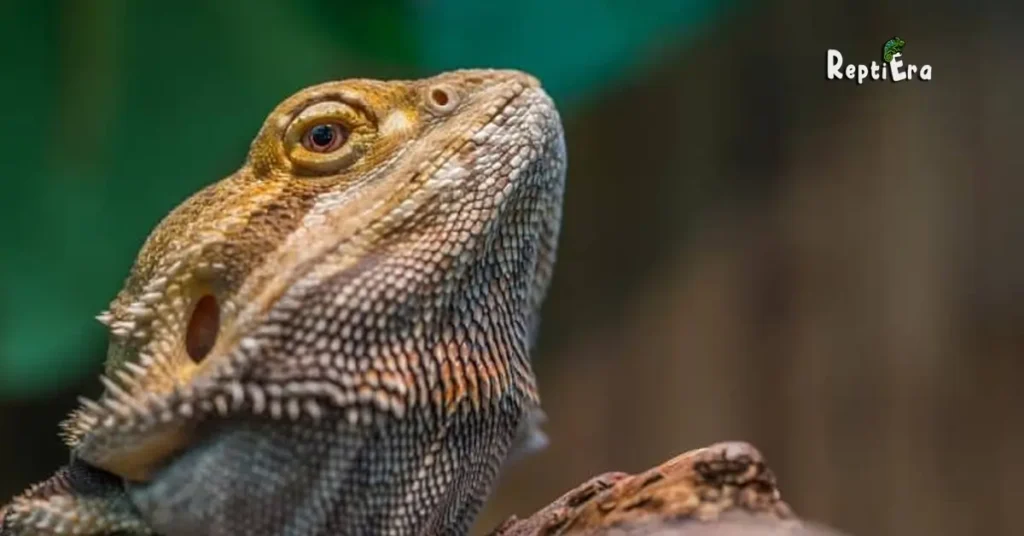
Just like humans experience pressure in their ears when they climb to the top of a mountain or a tall building, or wake up from a nap, your beloved bearded dragon, whether an adult or a baby, might puff up with its mouth open to pressurize its ear canal, effectively popping it to relieve the discomfort.
This isn’t related to heights but is an uncomfortable phenomenon they address by yawning or puffing up, serving as a simple fix. They might do it a couple of times right after waking to get a good stretch, much like how you might reach your arms overhead to get the blood pumping and stretch out the muscles in your chest and neck.
Is My Bearded Dragon Stressed?
Puffing can be a common sign of stress in bearded dragons, whether it’s a temporary annoyance like a cricket hopping away or indicative of more chronic, worrisome stress levels. If your beardie isn’t eating or defecating over an extended timeframe, it’s crucial to figure out what’s stressing your lizard.
Loud noises and unwanted handling are often the culprits, along with environmental factors like being too hot or too cold, or not having adequate space and hiding when they feel scared, all of which can cause frequent puffing.
Additionally, a female bearded dragon might puff up due to discomfort if she’s pregnant, signalling the need for careful observation and possibly veterinary consultation to ensure her well-being.
Aggression After Puffing Up
Aggression often occurs after a bearded dragon puffs up, signalling readiness for battles with opponents. They might start moving repetitively around each other with their mouths ajar, showcasing their vivid yellow interiors as a warning. These fights are typically more about efforts to nip at the enemies’ tails and force them to leave their personal territories rather than causing major harm.
Furious head nodding and intense duels are common, especially among males vying for social status, access to females, or mating rights, illustrating the complex social dynamics within their species.
Puffing Out Their Beards
Bearded dragons have spiny pouches located on their throats, just below their necks, which they respond to menacing situations by puffing out to appear more imposing to enemies.
When they puff out these pouches with air, their skin takes on a temporarily darker tone, often turning black, especially in males, as a means to look more fierce and ready to fight in perilous circumstances or during breeding as a wooing technique.
Females also have beards, though typically paler than males, and may express truculent intentions in a similar fashion, highlighting the complexity of their communication and social interactions within their environment.
Puffing Out Their Bodies
While puffing in bearded dragons isn’t limited to their throat areas, they also expand the edges of their physiques in an effort to fool others into perceiving them as larger. This behaviour is not just about their throats but involves their entire body, enhancing their posture in certain situations and gaining helpful height boosts. Such displays can be quite dramatic, underscoring their ability to adapt their appearance as needed in their environment.
Why Does My Bearded Dragon Puff Up Whenever I’m Near It?
If your beardie has just settled into their new home, whether you rehome them from a reptile rescue or buy them from a breeder, adjusting to a new environment can be a significant change for these typically friendly lizards, each with their unique personality and temperament.
It takes time for them to adapt and see you as a companion, not a threat, which is why they might puff up when you’re near, especially in the initial weeks. Getting used to handling without showing aggression or hissing involves talking softly to your dragon and offering food as peace offerings in an ideal enclosure that provides ample space and enrichment.
As they warm up to you and become more amenable to your presence, they should gradually stop puffing up. However, if your bearded dragon appears lethargic and doesn’t want to eat, this behaviour might signal health issues, prompting you to contact a vet for advice.
Are Bearded Dragons Prone to Constipation?
Just like times in life when humans have a hard time using the bathroom, and feel less happy and comfortable, bearded dragons may express displeasure by puffing up their beards due to gastrointestinal pain from indigestion, possibly after a big meal or consuming incompatible food, making them feel worse.
A healthy appetite in these reptiles means they should eat and defecate regularly; if your dragon continues to puff their beard but hasn’t defecated, it’s a noticeable sign of potential impaction, causing distress in their stomachs.
Note: To alleviate constipation, consider giving your beardie a bath every 4-8 days, as some may only defecate during bathtime, and extra baths might be helping. However, if the problem persists, it’s advisable to contact a reptile vet for professional advice.
Is a Black Beard Cause for Concern?
While bearded dragons don’t have the range of colour change like chameleons, they can turn different colours, which often alarms new reptile keepers when they see their beardie’s beard turn black. There’s no need to panic; a black beard can mean they’re simply cold, as black surfaces absorb more heat, or they’re trying to appear bigger and scarier to other animals or household pets.
Males may also darken their beards to attract females, whereas a pregnant female might show a black beard due to discomfort. It’s essential to regularly check for signs of being egg-bound, such as weight loss, lethargy, or attempts to lay eggs with none coming out, which are common signs of distress.
Frequent puffing and a black beard can go hand-in-hand with trouble adjusting to a new home, but it isn’t always a huge deal unless accompanied by more dire signs like a lack of defecation.
Should I be worried if I notice my baby bearded Dragon puffing up?
If you notice your baby beardie puffing up, it’s typically a normal defensive response when they feel threatened or stressed; it doesn’t always mean they’re uncomfortable.
Ensure their environment has the right temperature, lighting, and hiding spots to make them feel secure. Being gentle during handling is crucial as baby bearded dragons are particularly sensitive; it requires patience as they adjust to their new home. Keep an eye on their overall behaviour, appetite, and health for any concerning signs.
If such signs persist or you’re unsure, it’s wise to consult a reptile vet for guidance. Regular checkups can ensure your young dragon remains healthy and happy, alleviating any worries you might have about their puffing behaviour.
What Should I Do If My Bearded Dragon Puffs Up?
If your bearded dragon inflates itself, it might be acting defensively, and there are various causes for this behaviour.
You Notice Your Bearded Dragon Inflating, Here’s What You Can Do:
Assess the Environment

Temperature, Lighting, and Humidity: Maintaining an appropriate temperature gradient in the enclosure, with a warm basking spot and cooler areas, is crucial for your bearded dragon’s comfort. Proper UVB lighting is essential for the synthesis of vitamin D3, and the humidity level should meet the specific requirements of your reptile to ensure its well-being.
Check for Stressors
Environmental Factors: Spot anything around that might be causing stress. This can be things like loud sounds, quick movements, or lots of interruptions.
Other Pets: If you have other animals at home, they could be stressing out your bearded dragon. Make sure its home is in a calm and safe spot.
Examine Health
Signs of Illness: Watch for any sickness signs like eating less, losing weight, being less active, or acting differently. If you see anything worrying, quickly get advice from a vet.
Give Space
Handling Response: Bearded dragons, especially those not used to being held, might inflate as a way to protect themselves. If your dragon inflates while you’re holding it, put it back in its home and give it a chance to relax.
Minimize Handling
Gradual Introduction: If your bearded dragon isn’t familiar with being handled, begin with brief periods and slowly extend the time. This will help them slowly get used to being around people.
Observe Behavior
Stress Indicators: Watch for other signs of stress like turning a darker colour, hiding, climbing the glass, or moving in unpredictable ways. These actions can give hints about what’s making them stressed.
Create a Comfortable Environment
Enclosure Setup: Make sure the tank has the right kind of ground cover, places to hide, and things to climb on. This makes a cozy and interesting home for your bearded dragon.
Regular Vet Checkups
Preventive Care: Plan routine vet visits for your bearded dragon, even when it seems healthy. Regular checks can spot health problems early and keep your pet in good shape.
If puffing behaviour persists or you notice any concerning symptoms, it’s crucial to consult a reptile veterinarian for professional guidance. They can help determine the underlying cause and suggest appropriate steps to address it, ensuring your bearded dragon’s health and well-being.
FAQs
Do Bearded Dragons Have Ears?
While bearded dragons don’t have outer ears like humans, they do possess inner and middle ears, which are covered by a tympanic membrane and resemble holes on the far sides of their jaws. These lizards experience changes in their ears, similar to how human ears pop with air pressure and elevation changes. This can lead to prolonged puffing as an effort to relieve pressure on their ear canals, showcasing a fascinating aspect of their physiology that often goes unnoticed.
Do Bearded Dragons Puff Up When They’re Happy?
Contrary to the belief that puffing is always a sign of distress or annoyance, a bearded dragon may puff up when it’s perfectly happy, using this behaviour as a way to show off or strut for humans. This act of appearing larger is their prerogative, serving as a means of communication and dominance among their kind. When they puff out their beards, it’s not just about looking bigger; it’s a complex display of their contentment and confidence within their environment.
Why does my bearded dragon randomly puff up?
Bearded dragons may puff up not only due to temporary annoyances like loud noises but also to appear larger and more intimidating when they feel threatened; this is a common behaviour seen across many animal species. Apart from this, reasons such as shedding, experiencing indigestion, or dealing with impaction can cause them to puff up as well.
Sometimes, puffing can be related to pressure in their ear canal, and at other times, it might indicate more pressing issues that need to be addressed, such as inadequate habitats or sickness. Understanding these cues can help owners provide better care and ensure the well-being of their pet dragons.
What are the signs of a sick bearded dragon?
Lethargy, droopy eyes, breathing difficulties, a lack of eating and defecation are all common signs that your bearded dragon might be sick. If your pet continually puffs up, gapes its mouth, or has large amounts of mucus around its nostrils, these could be a sign of an underlying illness. Observing these symptoms in your bearded dragon should prompt a visit to a veterinarian to ensure their health and well-being.
How do I know if my bearded dragon is too hot?
Bearded dragons don’t sweat like humans, so one way to tell if your pet is too hot is if they hold their mouths open or continually mouth-breathe; this is a natural method for them to cool down. Observing your bearded dragon exhibiting these behaviours within their enclosure can be a sign that the heat levels need to be reduced to ensure their comfort and prevent overheating, which is crucial for their health and well-being.
Conclusion
bearded dragons puff up for a variety of reasons, ranging from natural behaviours like yawning, showing signs of happiness, or stretching, to more concerning signals such as stress, discomfort, or overheating. Understanding these behaviours is crucial for owners to ensure their pet’s well-being.
Regular observations and maintaining an appropriate environment can prevent many of the causes of puffing up. However, persistent or unusual puffing, especially accompanied by other distress signals, should prompt a consultation with a reptile veterinarian. Recognizing and addressing the reasons behind this behaviour not only helps in providing better care but also strengthens the bond between the owner and their bearded dragon.
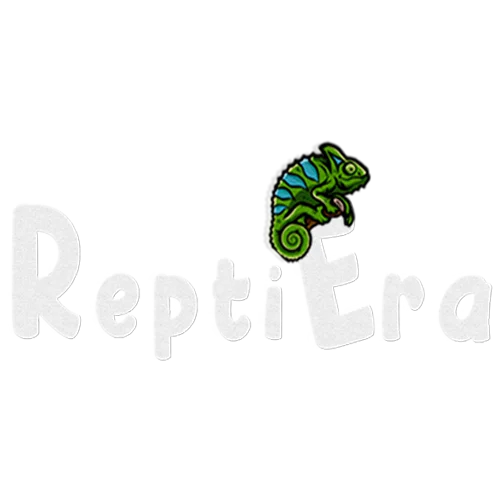
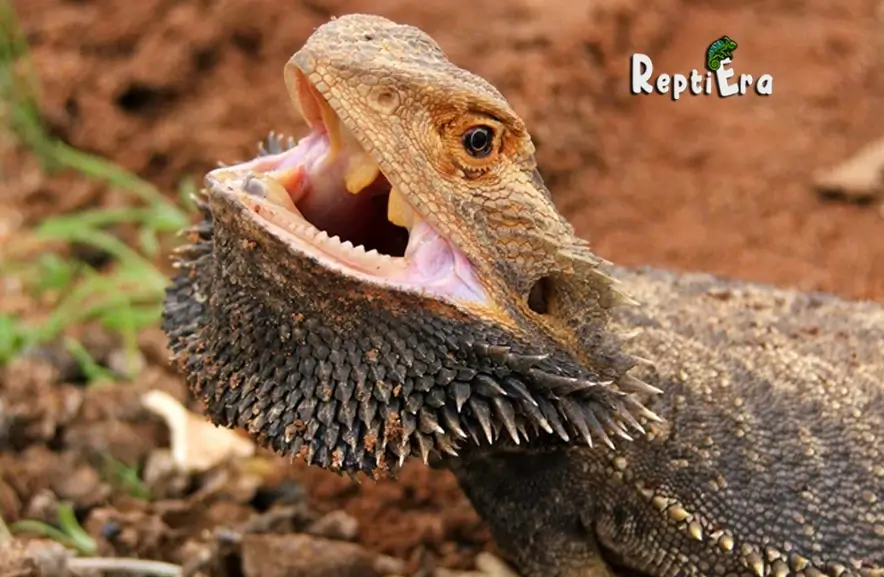
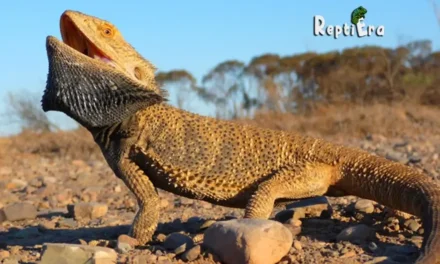
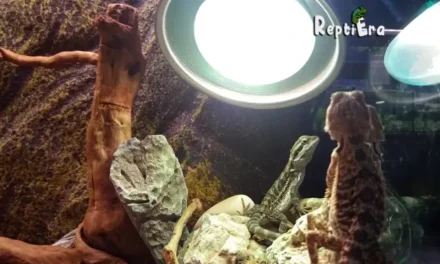
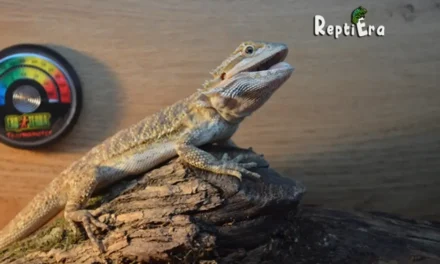
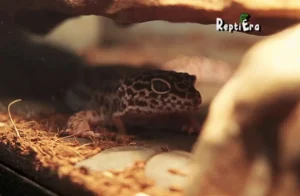
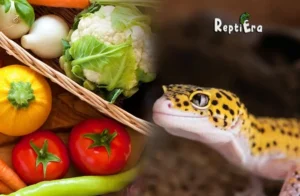
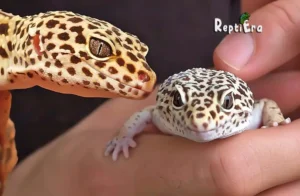
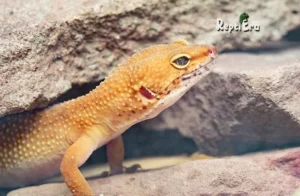
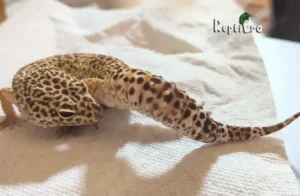
We are a group of volunteers and starting a new scheme in our community. Your website offered us with valuable info to work on. You’ve done an impressive job and our whole community will be grateful to you.